What is Mongolian Fur? Is it actually fur from Mongolia?
Let’s find out!
While Mongolian fur may ring a bell for a lot of people, it’s not exactly FUR per say, it’s rather wool and fabric that mainly comes from Mongolia, commonly sheep wool.
What sets Mongolian fur apart is the ethical and sustainable way it is produced. Unlike some other fur sources, the sheep are not killed to obtain their fleece. Instead, their wool is sheared before the hot summer months, providing the animals with relief from the heat while also yielding the precious Mongolian wool that we so highly covet. In addition, Mongolian fur is known for its extreme warmth, quality, and softness.
Read More: Mongolian Fur Products
Key Takeaways
- Mongolian fur is a type of wool harvested from animals in the rugged regions of Mongolia
- It is known for its exceptional warmth, softness, and durability, as well as its natural crimp and vibrant range of colors
- The animals are not killed for their fur; instead, their wool is sheared before the hot summer months during the molting season.
- Mongolian fur is sometimes referred to as “Tibetan wool” due to the similarities of these two regions
- The ethical and sustainable production methods make Mongolian fur a desirable and responsible choice
Types of Mongolian Fur
The diverse landscapes of Mongolia and Tibet are home to an array of remarkable animals, each contributing to the rich tapestry of Mongolian fur. From the resilient, wooly sheep to the hardy, insulating camels, these regions have long been revered for the exceptional quality and versatility of their natural fibers.
Mongolian Sheep Wool
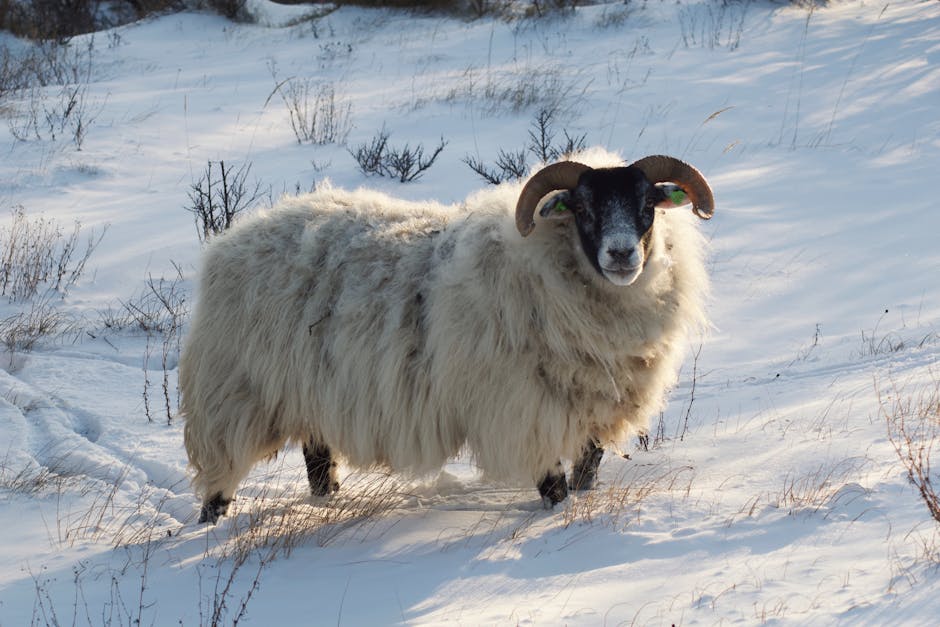
At the forefront of Mongolian fur is the humble sheep wool. The sheep that roam the rugged terrain of Mongolia and Tibet are renowned for their exceptionally warm, durable, and soft Mongolian sheep wool. This prized fleece is sheared from the animals before the hot summer months, providing them relief from the heat without harming their well-being. The resulting wool is celebrated for its natural crimp and luxurious texture.
Mongolian Camel Hair
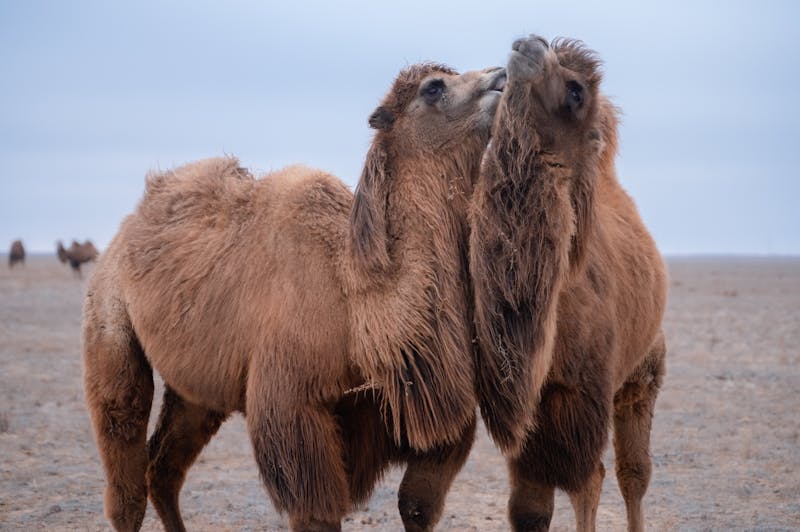
In addition to the coveted Mongolian sheep wool, Mongolian fur also encompasses the exceptional Mongolian camel hair. Camels, uniquely adapted to the harsh climate of Mongolia produce a thick, downy undercoat that is carefully harvested and transformed into remarkably warm, soft, and insulating textiles and accessories.
Mongolian Goat Cashmere
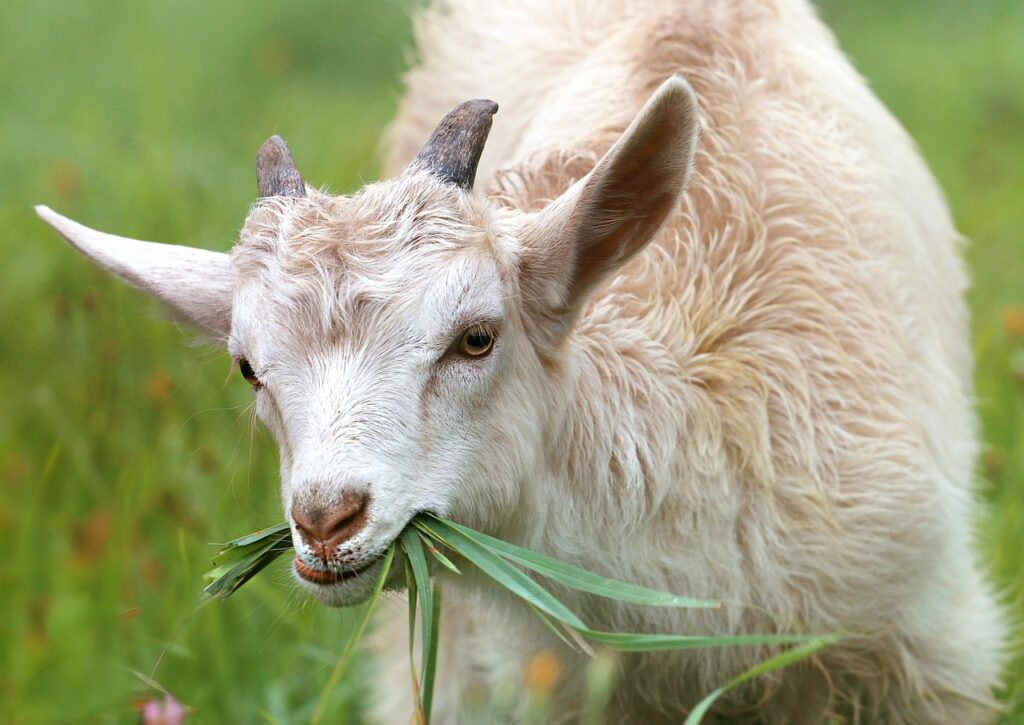
Another highly sought-after Mongolian fur is the Mongolian goat cashmere. The cashmere goats that roam the high-altitude regions of Mongolia and Tibet produce an incredibly fine, soft, and insulating undercoat. This prized Mongolian cashmere is meticulously harvested and used to create some of the world’s most luxurious fabrics and garments.
Mongolian Yak Fur
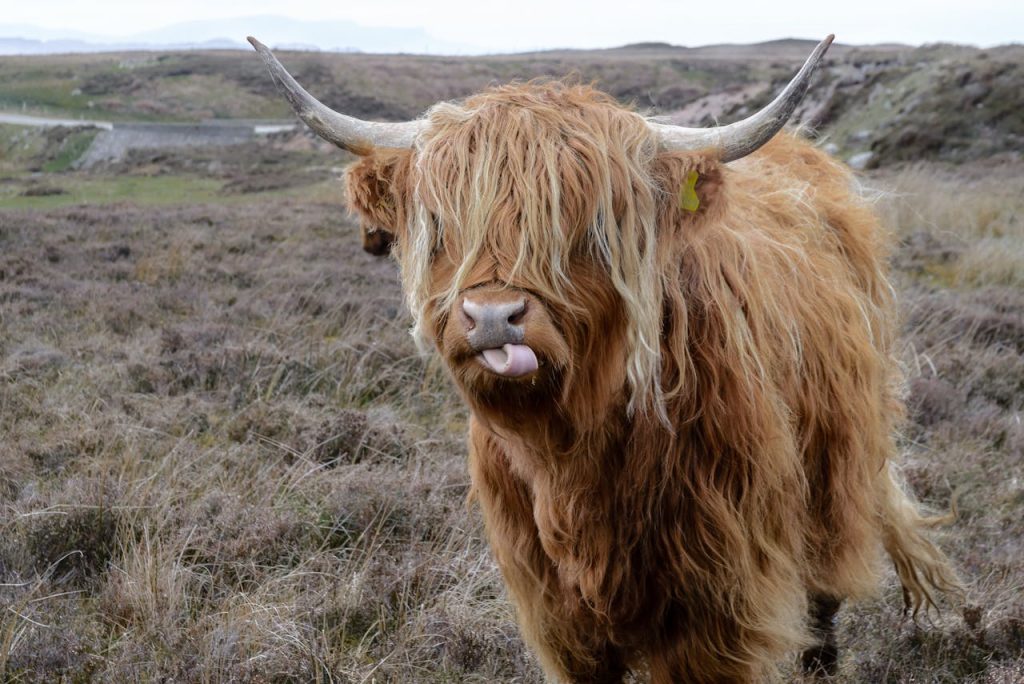
Yaks, the hardy bovine natives of the Mongolian and Tibetan regions, also contribute to the rich tapestry of Mongolian fur. Their thick, wooly Mongolian yak fur is renowned for their exceptional warmth and durability, making them a practical and desirable material for clothing in harsh cold weather.
Benefits of Mongolian Fur
| Benefit | Description |
|---|---|
| Exceptional Warmth | The naturally crimped and insulating fibers of Mongolian fur make it an excellent choice for cold-weather apparel and home goods. |
| Luxurious Softness | Mongolian fur is renowned for its incredibly soft and supple texture, providing a plush and comfortable feel. |
| Vibrant Colors | The natural fibers of Mongolian fur come in a wide range of beautiful, vibrant hues, from soft pastels to rich, bold tones. |
| Ethical Sourcing | Mongolian fur is harvested through shearing and combing, ensuring the continued well-being of the animals and sustainable production practices. |
When it comes to choosing the perfect material for cold-weather clothing, home textiles, and accessories, Mongolian fur stands out for its exceptional benefits of mongolian fur.
The fleece from Mongolian and Tibetan sheep, camels, and goats is naturally crimped and incredibly insulating, making it an ideal choice for staying warm and cozy. Aside from its remarkable why choose mongolian fur warmth, Mongolian fur is also renowned for its luxurious feel and vibrant, natural colors that range from soft pastels to rich, bold hues.
What truly sets Mongolian fur apart, however, is the ethical and sustainable way it is harvested.
Unlike some fur products, the animals are not killed; instead, their wool, cashmere, and other fibers are carefully collected through shearing or combing, ensuring the animals’ continued well-being. This commitment to animal welfare and environmental responsibility is a testament to the integrity of Mongolian fur production, making it a conscious choice for those seeking high-quality, ethical textile options.
Is Mongolian Fur Expensive?
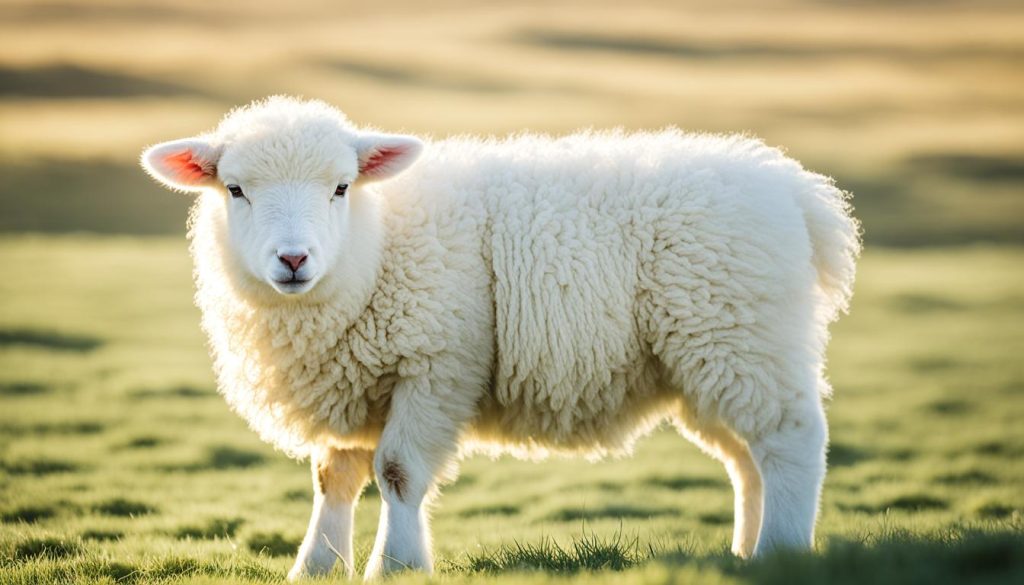
When it comes to the cost of Mongolian fur, it’s important to understand that this luxurious material is generally considered a high-end and premium product. The process of harvesting and processing the wool, cashmere, and other fibers from Mongolia’s sheep, camels, and goats is labor-intensive and requires skilled craftsmanship.
This attention to detail and quality is reflected in the pricing of Mongolian fur products.
However, the exact cost of Mongolian fur can vary quite a bit, depending on the specific type of fur, the quality, and the brand or retailer selling it. While some Mongolian fur items may carry a premium price tag, there are also more affordable options available.
See our shop: https://silkroadwear.com sent directly to you from the heartland of Mongolia.
Is Mongolian Fur Ethical?
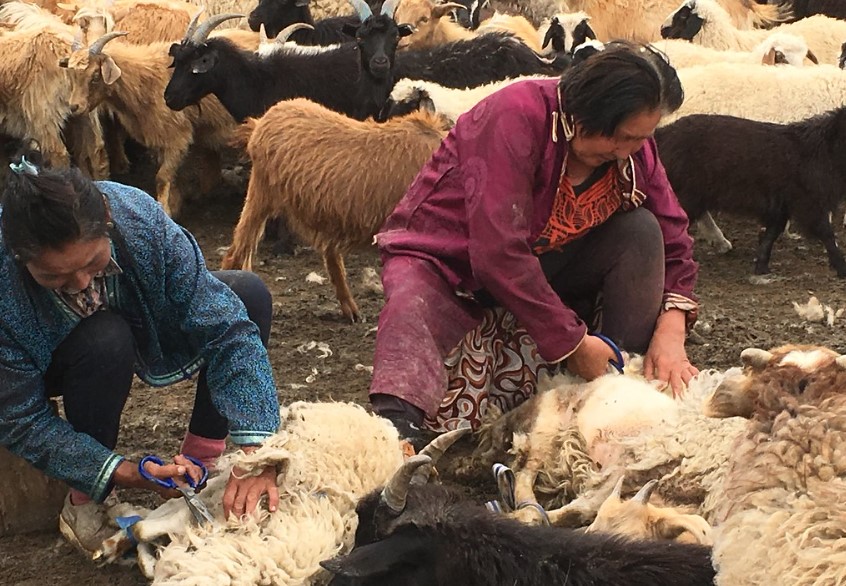
Mongolian fur production is generally considered more ethical than some other fur industries. In Mongolia and Tibet, the animals are not killed for their fur; instead, the wool, cashmere, and other fibers are harvested through shearing or combing, similar to how sheep’s wool is collected.
This allows the animals to continue living and provides them with relief from the heat during the hot summer months.
Compared to fur farming methods that involve caging, confinement, and ultimately slaughtering the animals, the ethical Mongolian fur industry’s approach is generally seen as more aligned with the principles of animal welfare. The animals are allowed to roam freely in their natural habitats and their fur is harvested in a way that allows them to continue living and thriving.
While there may be some variations in practices across different Mongolian fur producers, the overall industry is recognized for its commitment to animal welfare and responsible fur harvesting methods.
This makes Mongolian fur a more ethical choice for consumers who prioritize the humane treatment of animals in the production of their textiles and apparel.
Is Mongolian Fur Eco-Friendly?
The natural fibers used in Mongolian fur, such as sheep wool, cashmere, and yak fur, are biodegradable and renewable resources. Unlike many synthetic or mass-produced textiles, the harvesting process for Mongolian fur minimizes waste, as the animals are not killed, and their overall well-being is prioritized.
Beyond the production process, the long-lasting durability of Mongolian fur items can also make them a more sustainable choice in the long run. Rather than quickly replacing fast fashion or disposable home goods, a well-cared-for Mongolian fur piece can maintain its luxurious appearance and exceptional warmth for many years, reducing overall waste and resource consumption.
How to Care for Mongolian Fur?
Maintaining the exceptional quality and longevity of my Mongolian fur products is a top priority. To keep my Mongolian fur items looking their best, I avoid brushing or combing the fur, as this can disrupt the natural crimp and cause the fibers to become fluffy. Instead, I use a soft-bristle brush or lint roller to gently remove any dust or debris.
When it comes to cleaning, I spot-clean as needed, using a mild, wool-safe detergent and cool water, then air-dry the item. It’s crucial to avoid exposing my Mongolian fur to excessive heat, as this can damage the fibers. With proper care and maintenance, my Mongolian fur items can maintain their luxurious appearance and exceptional warmth for many years to come.
Don’t Dos
- Don’t machine wash or dry.
- Don’t expose to high heat.
- Don’t use harsh chemicals.
- Don’t store in plastic bags.
- Don’t brush with regular brushes.
Do Dos
- Do spot clean gently.
- Do shake it out regularly.
- Do use professional cleaning services.
- Do store properly in a breathable fabric bag.
- Do fluff with your fingers or a wide-tooth comb.
- Do keep away from pets.
